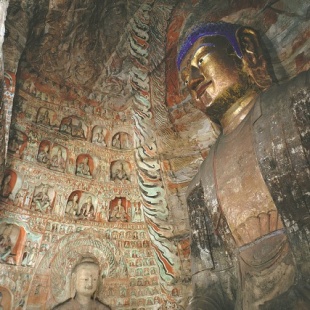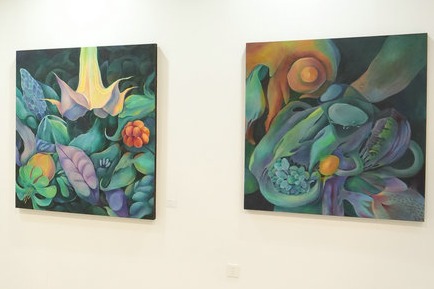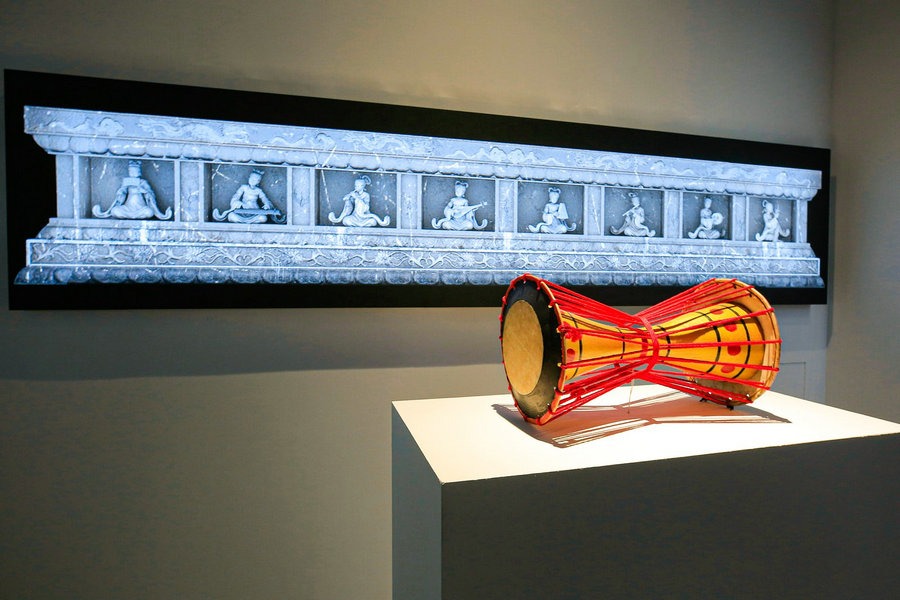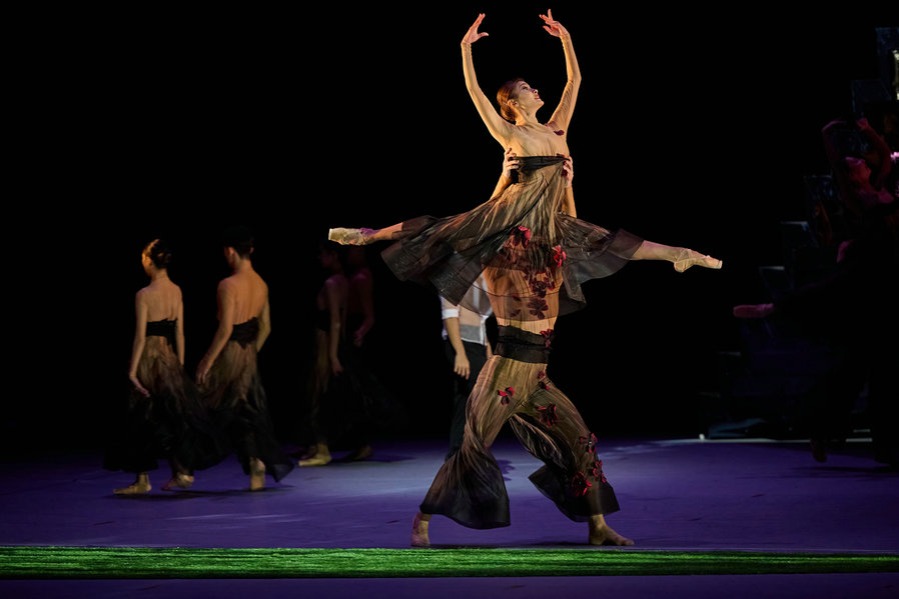Protecting Yungang a generational task


The 1,500-year-old site is one of three most famous Buddhist grottoes in country
Staff at the Yungang Grottoes Academy have been busy conducting regular maintenance at the site in Datong, Shanxi province.
According to a statement, grottoes 7 and 8 were closed on March 29 for safety upgrades. The project was finished recently.
On March 15, Grotto 5 reopened to the public after 10 days' work.
Grotto 5, which contains some 2,300 Buddhist statues, is 17.4 meters high and 18.7 meters wide and is known for its 17.4-meter-tall Buddha statues, the tallest in the grottoes.
Located in the northern Shanxi city of Datong, the Yungang Grottoes are one of the three most famous Buddhist grottoes in China. The other two are Mogao in Dunhuang, Gansu province, and Longmen in Luoyang, Henan province.
The Yungang Grottoes were created 1,500 years ago during the Northern Wei Dynasty (386-534) period, when Datong, then called Pingcheng, was the national capital.
They were carved out of the sandstone cliffs of Wuzhou Mountain, today in the northwestern suburbs of Datong.
According to historical records, 254 main caves were carved during the period from 460 to 524.
Today, 45 remain intact, housing more than 59,000 statues with heights ranging from just a few centimeters to more than 17 meters.
Yungang was included on the UNESCO World Cultural Heritage list in 2001.
"After being battered by wind, rain and snow over 1,500 years, protecting this precious cultural heritage site has become a pressing challenge," said Yan Hongbin, director of the academy's conservation and restoration laboratory of cultural relics.
"With the development of modern industry in the 20th century, the Yungang Grottoes have faced serious environmental pollution and accelerated deterioration.
"Since the foundation of the specialized administration for Yungang in 1955, a great deal of conservation and management work has been done over the generations to protect the site," he said.
The first large-scale restoration project was carried out between 1974 and 1976 and mainly focused on reinforcement work, as some of the caves and carvings were on the verge of collapse.





































